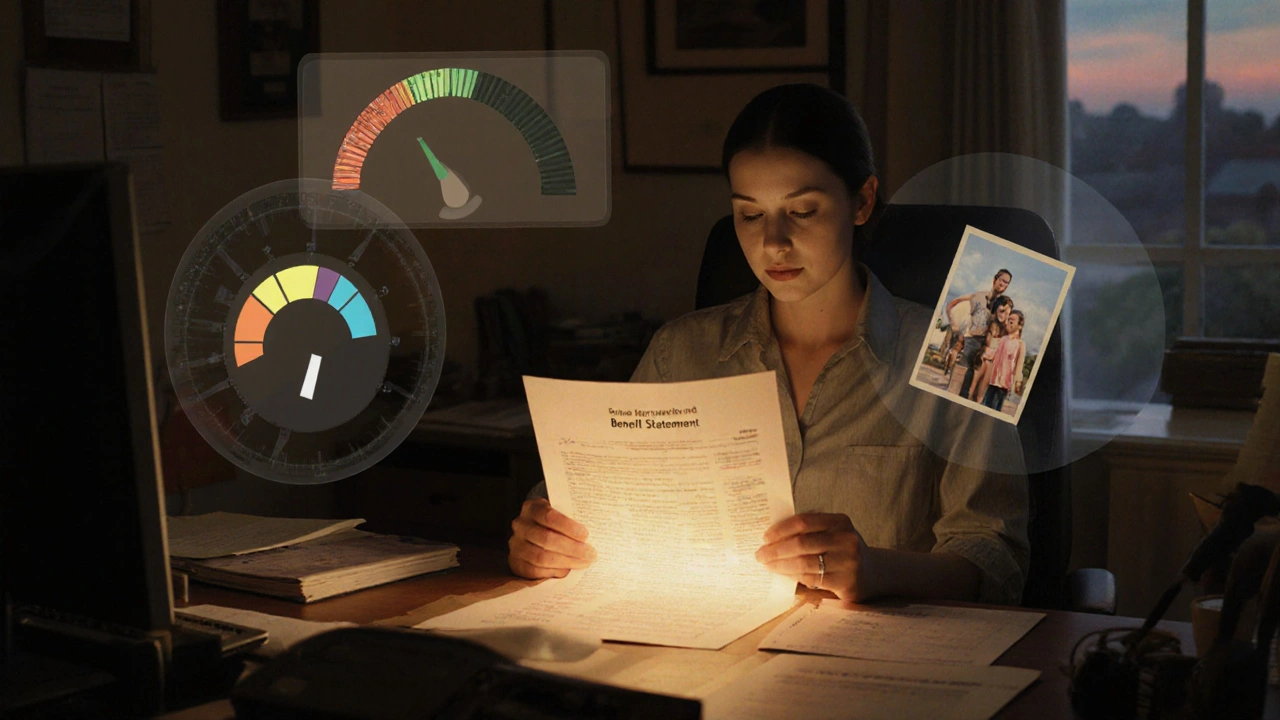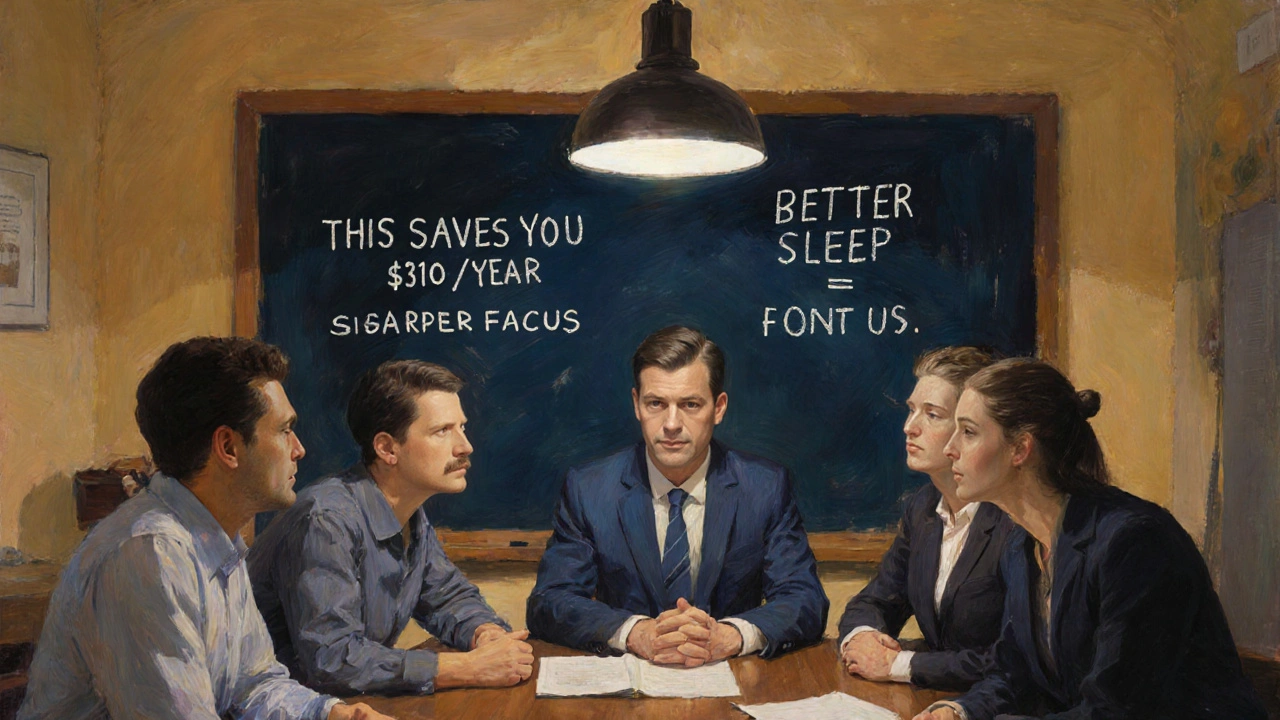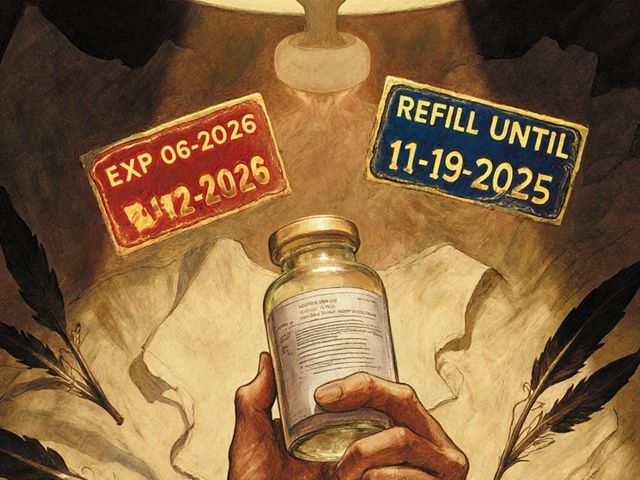Most companies think they’re doing enough for employee wellness just by offering gym discounts or free fruit in the breakroom. But if your staff don’t understand why these programs matter - or how they personally benefit - participation stays low, and ROI vanishes. The truth? Wellness isn’t about perks. It’s about clear, honest, and personalized education.
Why Generic Messages Fail
You’ve seen the emails: "Join our wellness program and feel better!" Or the poster in the breakroom: "Wellness = Healthier You!" These messages sound nice, but they’re empty. Employees don’t care about vague promises. They want to know: What’s in it for me? A 2024 SHRM report found that 68% of disengaged employees said they didn’t understand how wellness activities connected to real benefits. That’s not a participation problem - it’s an education problem. Generic messaging leads to 19% engagement. Personalized communication? That jumps to 68%. Think about it this way: If your health insurance premium goes down because you walk 8,000 steps a day, show them the math. If mental health support reduces sick days, show them the data from their own team. People respond to what’s tangible, not inspirational.What Employees Actually Care About
Forget "fitness" and "nutrition." The real drivers of engagement are financial security, mental health, and work-life balance. PwC’s 2024 Employee Financial Wellness Survey found 68% of workers rank financial stress as their top concern - higher than physical health. And yet, most wellness programs still lead with step challenges and smoothie recipes. Employees want to know:- How does this lower my out-of-pocket healthcare costs?
- Will this help me sleep better or stop feeling burned out?
- Can I actually use this benefit without jumping through hoops?
- Is this just another thing my boss wants me to do?
The 7 Dimensions Model That Actually Works
The old model of wellness focused on physical health only. The new standard? The WELCOA 7 Dimensions of Wellbeing. It covers:- Physical
- Emotional
- Social
- Financial
- Community
- Purposeful
- Professional
How to Communicate Benefits Without Overpromising
Too many wellness vendors sell dreams. "Join our program and save $1,200 a year!" Then, after 18 months, employees see a $217 reduction and feel tricked. That erodes trust - fast. The fix? Be specific. Be honest. Use real data. - Instead of: "Wellness reduces healthcare costs."Say: "Employees who complete our mental health module reduce their doctor visits by 28% - saving an average of $310 per person annually." - Instead of: "Get fit and feel better."
Say: "Those who use our walking challenge for 90 days report 37% better sleep and 22% less afternoon fatigue." Strive Well-Being’s clients see an average 22% reduction in healthcare claims. That’s not a guess. That’s a measurable outcome. Share that. Break it down by department. Show how one team’s participation lowered their group’s insurance rates.

What It Costs - And What It Saves
Some small businesses think wellness programs are too expensive. But the cost of doing nothing is higher. - Basic educational modules: $495 per employee per year (CCWS-certified)- Full platform (email, portal, manager tools): $15-$25 per employee per month
- Enterprise solutions (500+ employees): $50,000+ annually Compare that to the cost of turnover. Mercer’s 2023 survey found companies with strong wellness education saw 11% lower turnover. Replacing one employee costs 50-200% of their salary. For a $70,000 role? That’s $35,000 to $140,000 gone. Harvard Business Review found an average ROI of $3.27 for every $1 spent on wellness programs. But that ROI only shows up when employees understand the benefits - and stick with them.
How to Start - Even With a Small Team
You don’t need a big budget. You need clarity. Here’s a simple 4-step plan:- Survey your team. Ask: "What’s one thing that would make your work life easier?" Use anonymous tools like Google Forms. You’ll find patterns - maybe 70% mention stress, 50% mention time, 40% mention money.
- Match benefits to needs. If stress is the top answer, don’t launch a yoga class. Launch a mental health first-aid training or quiet hours during peak workload.
- Explain the "why" in one sentence. For each benefit: "This helps you [save money / feel less tired / avoid burnout] by [specific action]."
- Use multiple channels. Email alone fails. Use posters, team meetings, manager talking points, and a simple intranet page. Personify Health found 53% higher engagement when using 4+ channels.
The Legal Trap No One Talks About
There’s a dark side to wellness programs: compliance. The EEOC received 2,147 wellness-related complaints in 2023 - up 37% from the year before. Why? Because some programs ask for health data, offer incentives tied to outcomes, or pressure employees into participation. That violates the ADA and GINA. The rules are simple:- You can’t require employees to share medical information to get a discount.
- Incentives can’t exceed 30% of total health insurance cost.
- Voluntary is key. No pressure. No punishment.

The Future: Personalization, Not Promotion
The next big shift? AI-driven personalization. By 2026, Forrester predicts 45% of large employers will use AI to generate custom wellness benefit statements for each employee - showing exactly how their choices affect their premiums, sick days, and stress levels. But you don’t need AI to start. You just need honesty. Stop telling people to "get healthy." Start showing them: - How their choices affect their paycheck.- How their stress impacts their family time.
- How their sleep affects their focus at work. That’s not marketing. That’s respect.
What Happens When You Get It Right
Johnson & Johnson’s wellness program has a 4.2/5 average rating on Glassdoor - well above the industry average of 3.5. Why? Employees say: "They explain how my participation lowers my insurance costs. I actually understand it." McKinsey found programs with strong, updated education have an 87% five-year survival rate. Programs with static, generic messages? Only 53% make it past year three. The difference isn’t the size of the budget. It’s the depth of the message.Final Thought: Wellness Isn’t a Program. It’s a Conversation.
Workplace wellness isn’t about counting steps or handing out pedometers. It’s about helping people see the connection between what they do every day - and how it changes their life. Start small. Speak clearly. Show real results. And never assume they already know why it matters.Why do most workplace wellness programs fail?
Most fail because they rely on generic messages like "be healthier" instead of explaining how specific activities directly improve an employee’s life - whether that’s lowering their insurance bill, reducing stress, or helping them sleep better. Without clear, personalized connections to tangible outcomes, employees don’t see the value and disengage.
What’s the most effective way to educate employees about wellness benefits?
Use personalized communication. Show employees data tied to their own behavior - like how completing a mental health module reduces their group’s insurance costs by $310 annually. Combine email, manager talking points, intranet posts, and short team huddles. Multi-channel approaches increase engagement by 53%, according to Personify Health’s 2023 case study.
Do wellness programs actually save money?
Yes - but only when employees understand how they benefit. Harvard Business Review found an average ROI of $3.27 for every $1 spent on wellness programs with strong education. Strive Well-Being’s clients saw a 22% average reduction in healthcare claims. But programs that overpromise - like claiming $1,200 savings when actual savings are $217 - damage trust and hurt long-term results.
What are the biggest legal risks with wellness programs?
The biggest risk is violating the ADA and GINA by requiring health data or pressuring participation. The EEOC received over 2,100 wellness complaints in 2023 - up 37% from the year before. Incentives can’t exceed 30% of total health insurance cost, and participation must be truly voluntary. Non-compliance can lead to penalties up to $119,556 per affected employee.
Can small businesses afford to run a wellness education program?
Absolutely. You don’t need expensive platforms. Start with a simple survey to find what employees care about most - financial stress, sleep, or burnout. Then pick one low-cost benefit that addresses it, like free financial coaching or quiet hours. Explain the benefit clearly in one sentence. Use team meetings and posters. Even small teams can see participation double in six months with this approach.
What’s the difference between wellness education and wellness programs?
A wellness program is the activity - like a step challenge or yoga class. Wellness education is the explanation: why it matters, how it helps you, and what you’ll gain. Without education, the program is just another task on your to-do list. With education, it becomes something employees choose to join because they understand the value.






Written by Martha Elena
I'm a pharmaceutical research writer focused on drug safety and pharmacology. I support formulary and pharmacovigilance teams with literature reviews and real‑world evidence analyses. In my off-hours, I write evidence-based articles on medication use, disease management, and dietary supplements. My goal is to turn complex research into clear, practical insights for everyday readers.
All posts: Martha Elena